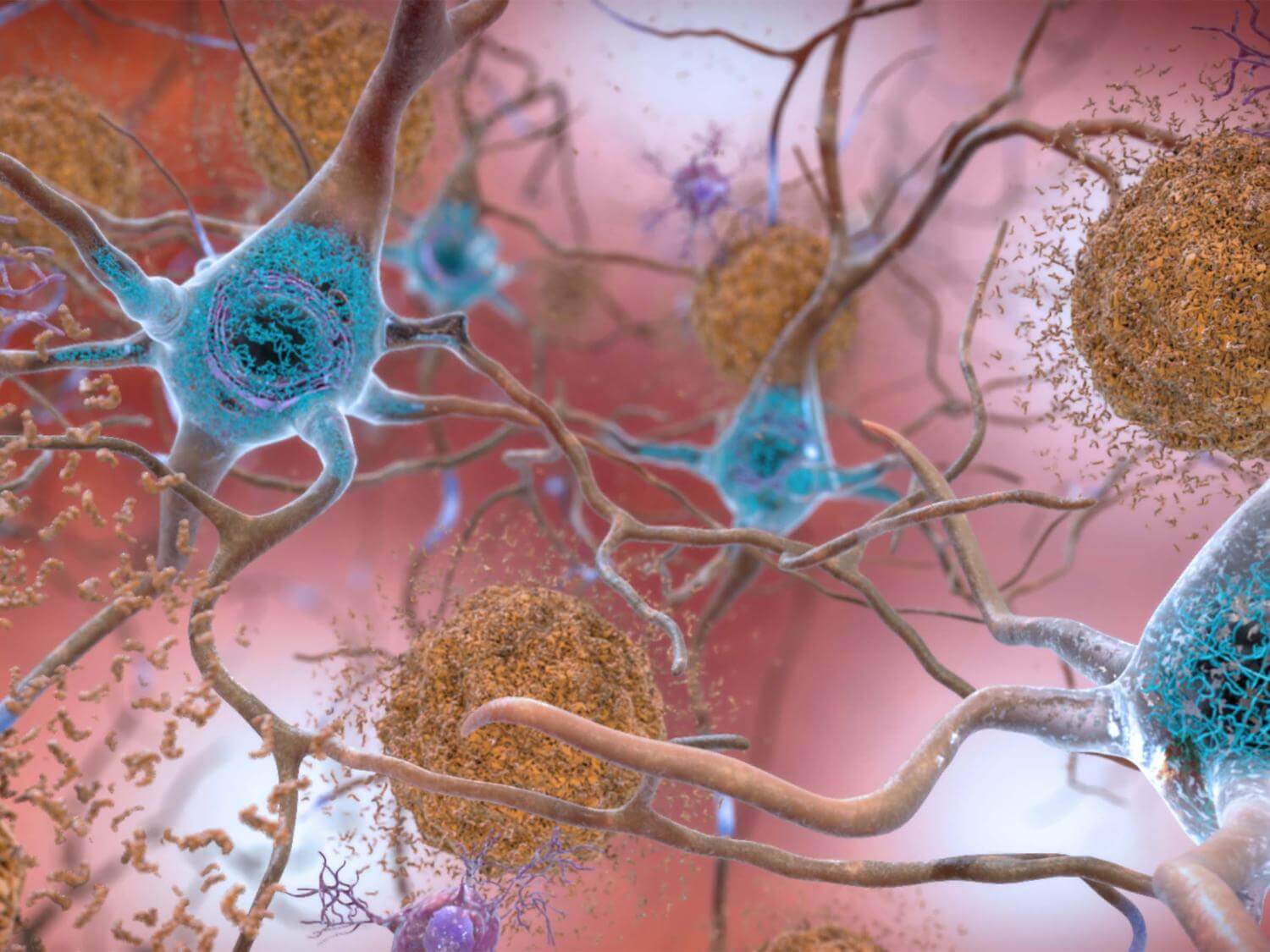ATLANTA — It’s no secret that traffic-related air pollution harmful for lungs, but new research published by the American Academy of Neurology reports a troubling possible connection between smog and dementia. Scientists say people exposed more often to traffic-related air pollution are more likely to develop high levels of amyloid plaques in their brains. That plaque has long been considered a hallmark of Alzheimer’s disease pathology.
To be clear, this work does not assert or prove air pollution causes more amyloid plaques in the brain. It does, however, detail an association.
“These results add to the evidence that fine particulate matter from traffic-related air pollution affects the amount of amyloid plaque in the brain,” says study author Anke Huels in a statement. “More research is needed to investigate the mechanisms behind this link.”
Researchers assessed fine particulate matter (PM 2.5), which are pollutant particles of less than 2.5 microns in diameter suspended in the air. They then examined brain tissue collected from 224 people who had agreed to donate their brains after death for dementia research purposes. On average, those volunteers had passed away at the age of 76.

Researchers focused on traffic-related air pollution exposure for the brain samples. This was possible by using people’s home address in the Atlanta area at their time of death. Traffic-related PM2.5 concentrations are a major source of ambient pollution in various urban areas including the metro-Atlanta area. Average exposure level in the year preceding death came in at 1.32 micrograms per cubic meter (g/m3) and 1.35 g/m3 in the three years prior to death.
When researchers compared pollution exposure to measures of Alzheimer’s disease in the brain (amyloid plaques and tau tangles), they discovered that those with higher exposure levels to smog one and three years before death were more likely to show more amyloid plaques in their brains.
People with 1 µg/m3 higher PM2.5 exposure in the year prior to death were close to twice as likely to show higher levels of plaques. Those with higher exposure in the three years before death were 87 percent more likely to have higher plaque levels.

Scientists were also sure to assess if the main gene variant linked to Alzheimer’s disease (APOE e4) indicated any effect on the relationship pertaining to air pollution and signs of Alzheimer’s in the brain. This approach led to the finding that the strongest relationship between air pollution and signs of Alzheimer’s was among people without the gene variant.
“This suggests that environmental factors such as air pollution could be a contributing factor to Alzheimer’s in patients in which the disease cannot be explained by genetics,” Huels adds.
This project’s limitations include researchers only having the home address of people at the time of their death for the purposes of measuring air pollution. Thus, it is possible pollution exposure went misclassified. This study also primarily featured highly educated white individuals, so the findings may not be representative of other populations.
The study is published in Neurology.
